Evidence that my mind has been entirely corrupted by horrible marketers and their abysmal catch-phrases, I want to say that I was pleasantly surprised with Pleasantville station (this is one notch up from saying “Flip Out!” in an advertisement for a flipbook which I unfortunately created yesterday). Seriously though, the little station in the middle of the Harlem Line has character – a lot of which has to do with the Arts for Transit piece there. The station is easily accessible from the attractive green area in the center of the village. Part of the reason it differs from many of the other area stations is the fact that the platform is lower than the neighboring streets. As opposed to walking up a set of stairs to a vestibule above the tracks, the larger than usual vestibule and waiting area sits at street level, and you instead descend a set of stairs to the platform.
Installed in 2002, Pleasantville’s Arts for Transit piece, titled Almost Home, is the newest located on the Harlem Line. The work was a collaboration between Brooklyn-based artist Jane Greengold, and Vietnamese-born and current New York resident Kane Chanh Do. Both artists work in sculpture and installation art. Almost Home consists of twenty-two bronze chairs, sixteen of which are in the upper waiting area, and six on the lower platform level. A book also rests on a ledge in the upper part of the station, a bronze replica of a copy of the Reader’s Digest… though admittedly I would never have had any clue of what it was supposed to be, had I not researched the piece for this post. Apparently Reader’s Digest was originally printed in Pleasantville, and so the book is representative of that historical link.
Although I can’t say I’ve seen all the Arts for Transit pieces on the Harlem Line, Almost Home really is my favorite so far. Not only is it visually attractive, it is functional part of the station. Conceptually, the almost home theme is intriguing to me. As a commuter, besides my own home and work, I spend a good deal of time on the train or at the train station. At times the train station feels like a second home to me. There are times when I think some artist’s statements are complete BS, but in this case I think Do and Greengold describe their piece quite well:
In this suburb of New York City, we have re-created, in bronze, chairs likely to be found in the homes of the commuters who use the station, bringing some of the comforts of home out to meet the riders, making the station almost like home, and reminding riders that they, too, are almost home. Because the chairs look so life-like, so much like wood and upholstery fabric, they create a humorous, trompe l’oeil effect.


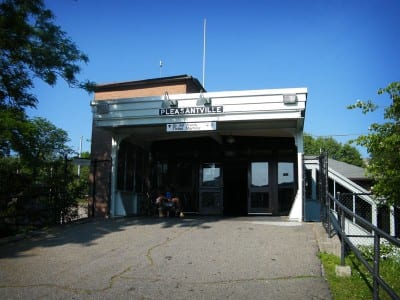
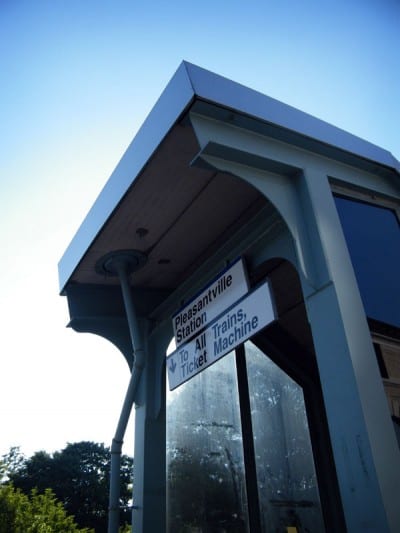
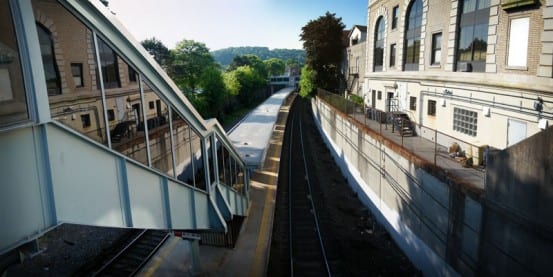
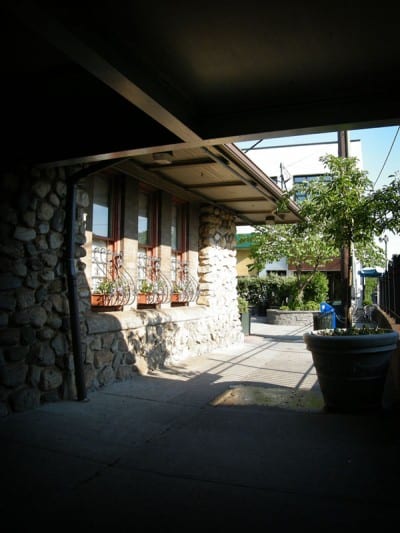
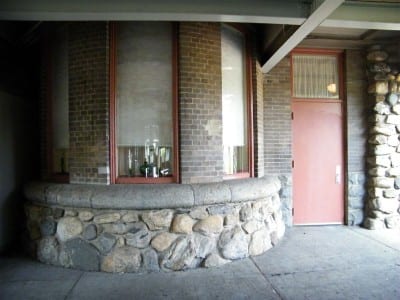

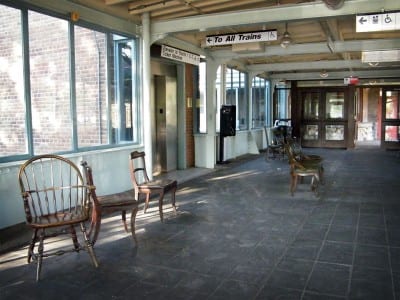
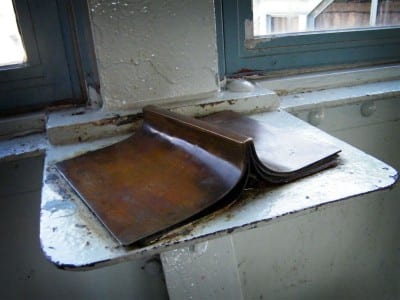
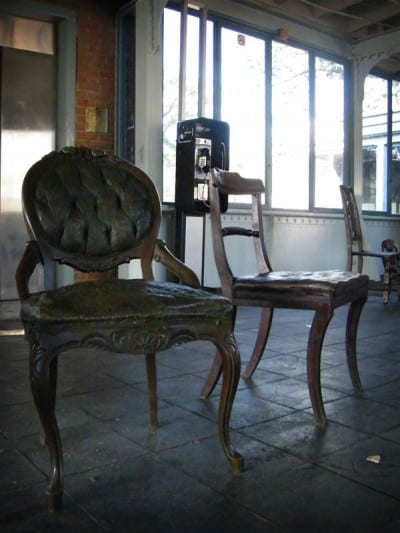
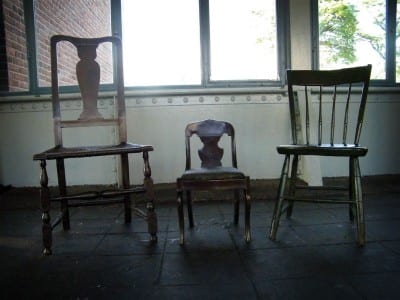
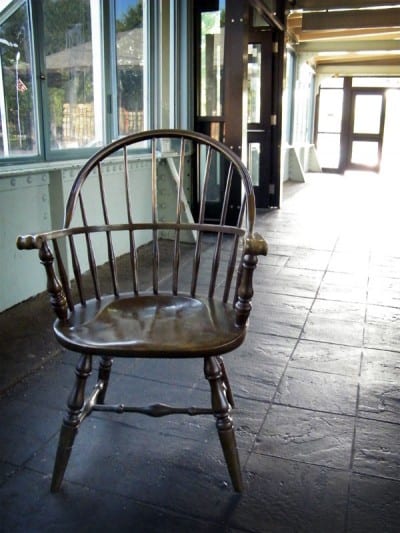
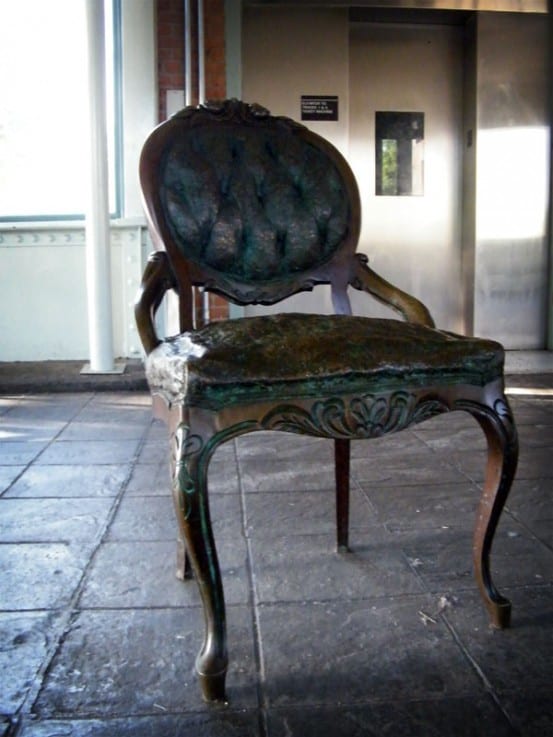
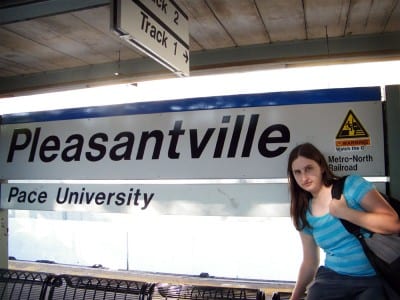
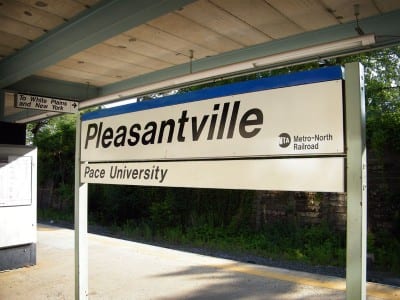
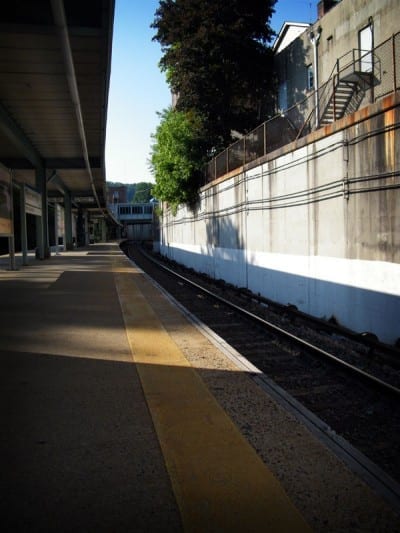



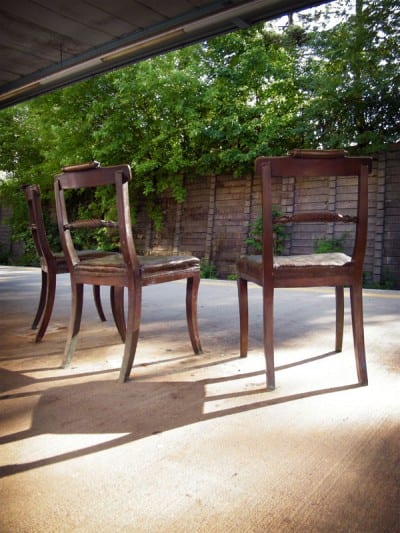
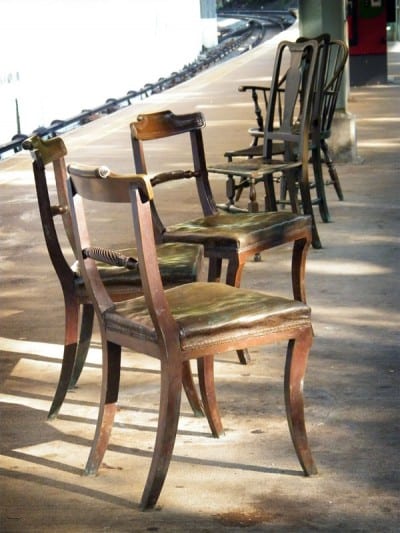

Pardon me while I smack my forehead. Of course! Bronze!
I’ve been riding the Harlem Line off and on for more than 20 years (Brewster is my stop) and reading your blog for a few months. I’ve always wondered about the chairs on the Pleasantville platform. The notion that they are out there in every kind of weather and yet never deteriorate did not enter my brain for some reason. I always imagined that someone was cleaning out Granny’s old house one day and just took them out to the platform and left them. Why Pleasantville and not any other platform? Ask Granny.
Thanks for all the great little-known facts about this line, and I look forward to more.
Haha, don’t feel bad. Every day passing the train station and seeing it on the train, I always assumed they were random chairs someone put there. And I wondered why nobody ran away with them. Only later did someone tell me they were bronze, and fairly recently that I actually went to the station to see them for myself. And thanks for reading. Always good to know I am not just talking to myself :D
I pass by them everyday also. I always thought the people there were just being nice and putting out chairs for people! Ha ha. Thanx for the info! My stop is brewster also…they should do something there!
Readers Digest used/uses a Pleasantville P. O. box. More touchy-feely/PC than their real Mount Kisco location, I guess. Some great shots of P’ville in Croghan’s “The Coming of the New York & Harlem”, pre- and post-lowering of the tracks thru the hamlet.